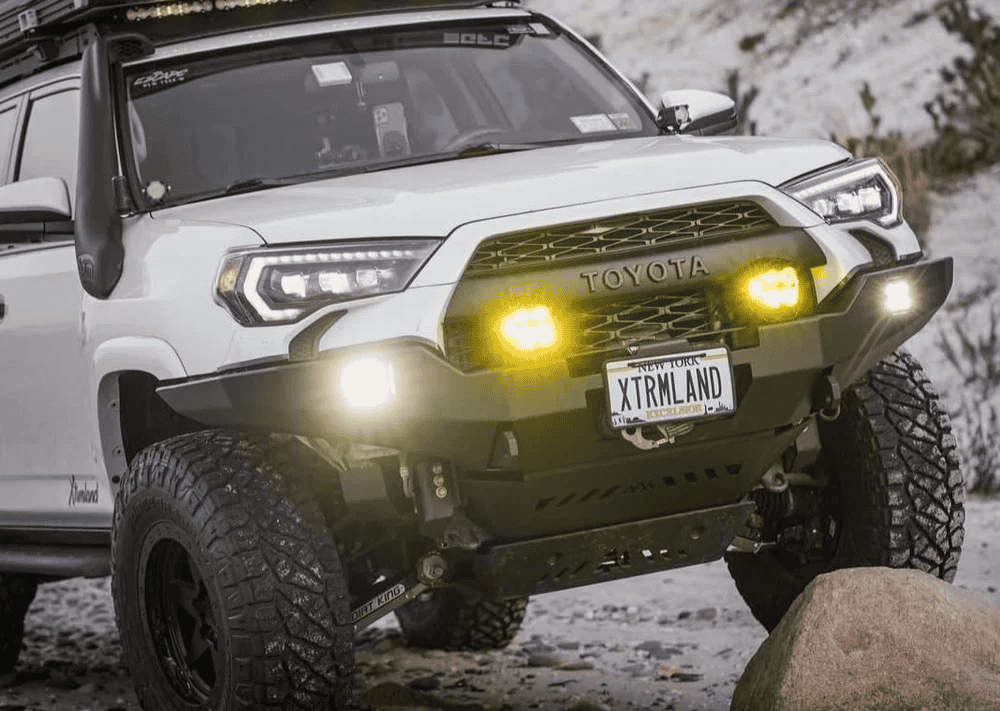Overland Vehicles

Every vehicle is a rolling orchestra of vibrations. Tires transmit texture from the road into the chassis, the powertrain introduces tonal energy across the rev range, and air rush generates turbulent pressure around mirrors and rooflines. A noise dampening system targets these sources with materials that convert vibration into heat, absorb mid to high frequencies, and block low frequency transfer through panels.
Two forces dominate the soundscape. Airborne sound moves through the cabin air as waves, while structure borne energy travels through metal and composite parts. The fix is not one magic product. It is a stack of layers selected for their physics, applied where they are most effective, and installed with clean metal prep and full contact adhesion.
When done correctly, a system reduces perceived loudness by several decibels, which the human ear experiences as a clear step in comfort. Conversations become effortless. Music playback retains detail. Driver fatigue drops over long days.
Airborne noise includes wind rush and high frequency road hiss. Soft absorbers with open cells trap this energy and convert it. Structure borne noise rides through body panels and brackets. Constrained layer damping sheets bond to metal and reduce panel resonance by converting flex to heat.
Absorbers treat echo and mid to high frequencies. Barriers block low frequencies and stop sound from passing between sections. The most effective builds combine both with a thin decoupler so the barrier does not short to the vibrating surface.
Noise Reduction Coefficient reflects absorption performance. Sound Transmission Class indicates how well a barrier blocks. Damping efficiency is often shown as loss factor. Pair these with a simple phone based decibel test before and after to verify gains.
A proven approach uses distinct layers for specific jobs. Each layer does one task well rather than asking a single material to do everything.
Body panels act like drum heads. A bonded damping sheet adds shear friction so when the panel tries to vibrate, the layer resists and turns motion into heat. Full coverage is not always required. Strategic coverage on flat spans and near braces often yields most of the benefit.
Absorbers excel in headliners, inside door cards, and behind trim where sound bounces and builds. Barriers shine on floors, firewall, and over wheel wells where low frequencies dominate. A thin decoupler between barrier and metal keeps the barrier free to do its job.
One small gap can feel like a window is cracked open. Replace tired door seals, plug unused holes with rubber grommets, and seal around wiring pass throughs. Wheel well liners and underbody coatings also help by reducing splash and grit impact noise.
Plan by surface and by frequency. Floors and wheel wells carry low frequency energy from tires. Roof and doors resonate at mid range. The firewall, doghouse on vans, and engine bay contribute tonal powertrain noise.
Start with the floor and wheel wells for maximum return, then move to doors and roof. Treat large panels first, then cavities and trim. Clean metal with a wax and grease remover, use a roller for full adhesion, and avoid trapping moisture.
Engine and exhaust tones need barrier mass around the firewall and doghouse. Tire pattern noise responds to wheel well treatments. Wind roar often improves with mirror deflectors and tight seals along the leading edges of the doors and roof transitions.
Measure before and after at steady speeds on the same road to verify progress. Small decibel changes feel bigger than the numbers suggest, but testing keeps you honest. Balance weight and thickness with payload and suspension tuning so comfort does not cost capability.
If you need a quiet cabin on rough forest roads or long interstate stretches, a tailored noise dampening plan pays off in real comfort. Our team integrates sound control during complete builds and partial upfits so the final result looks factory clean and performs like a touring coach.
For expedition ready comfort with smart acoustics and durable finishes, explore our overland rigs. If you have a specific platform and use case in mind, our custom overland upfit process maps materials and placement to your route, climate, and cargo. Want to see how we operate from first meeting to handoff at Adventure Point, read Why choose OZK Customs.
We design every project around how you travel, not a one size sheet of material. Bring us your van or overland platform and we will engineer the right balance of damping, absorption, and barrier mass to keep the miles quiet and the days less tiring.
Ready to put road noise in the rearview Send a note and let us craft a system that fits your build, your timeline, and your budget.
Ready to drive in quiet comfort? Our team engineers noise control packages that match your platform, your routes, and your gear load. Tell us how you travel and we will spec materials, placement, and finish work that deliver real decibel drops without bloating weight. Submit the form to schedule a consult and get a custom quote.
ADDRESS:
6159 E Huntsville Rd, Fayetteville, AR 72701
PHONE:
(479) 326-9200
EMAIL:
info@ozkvans.com